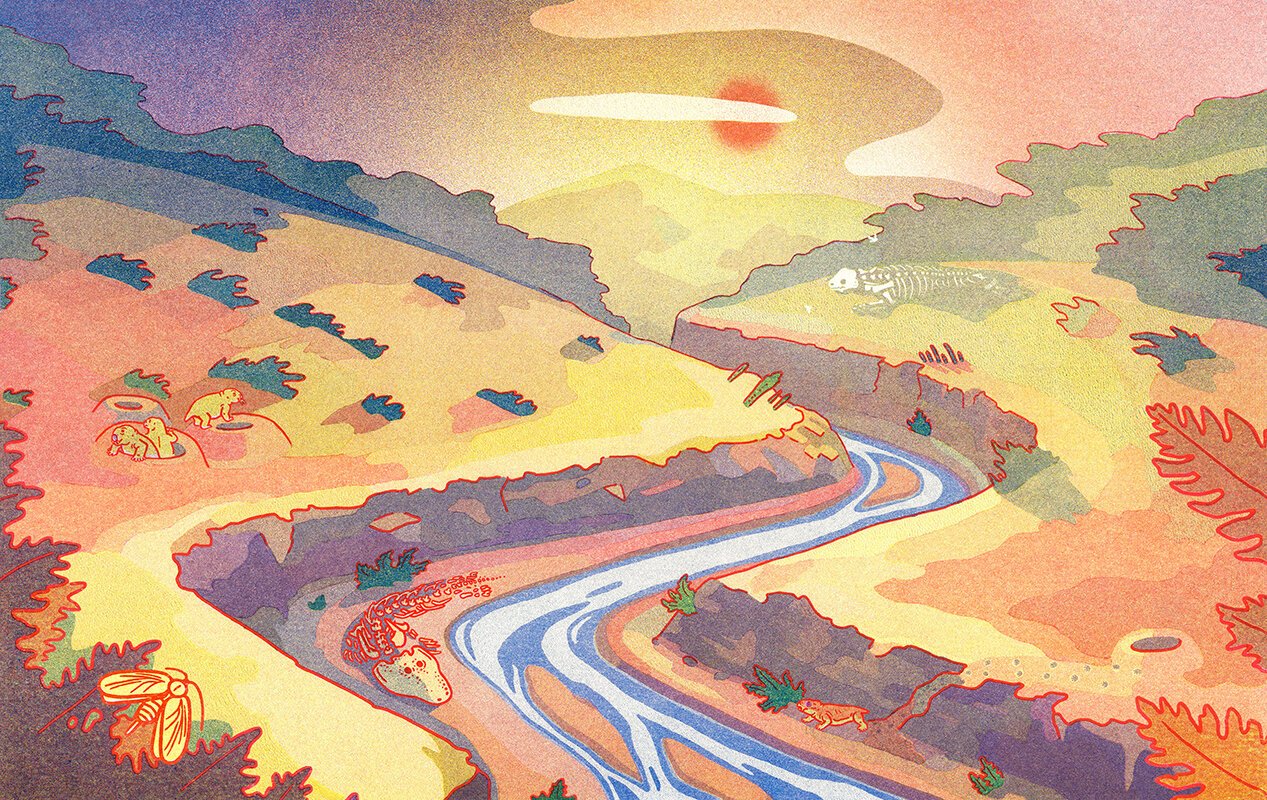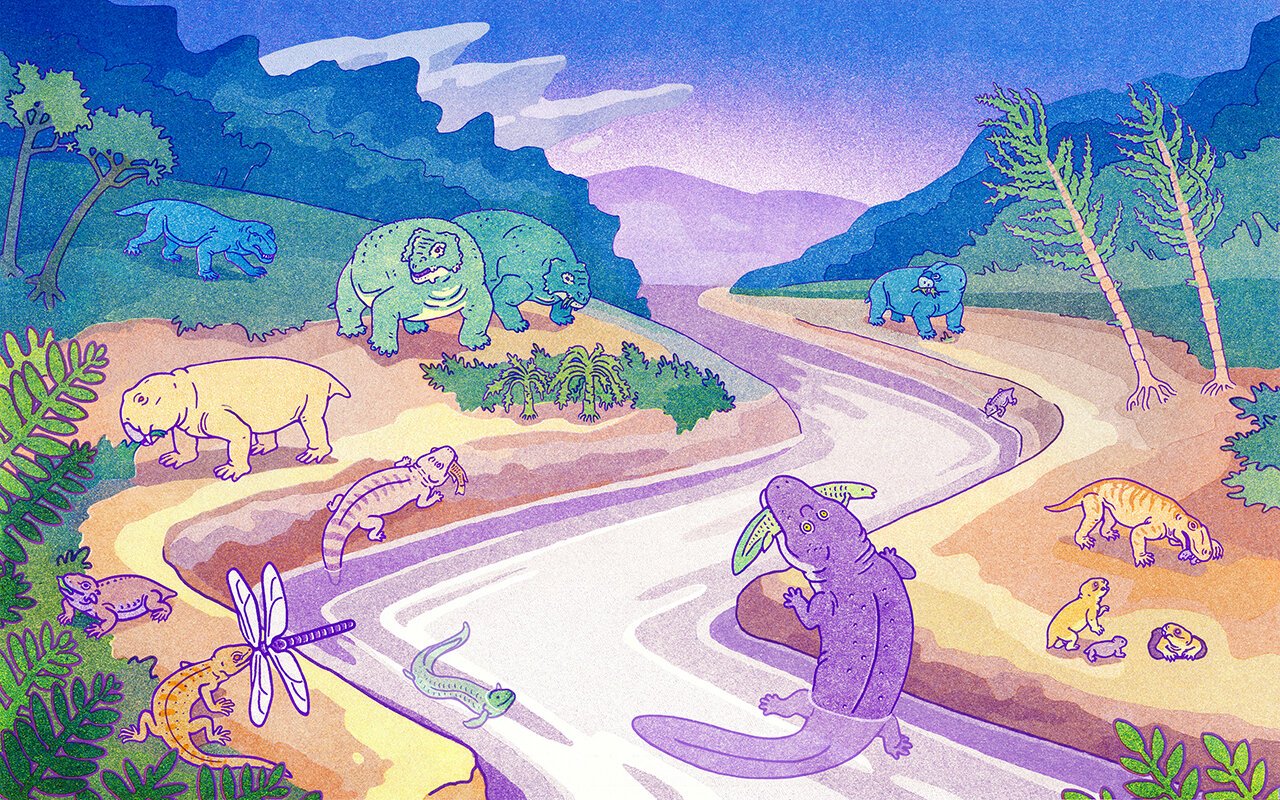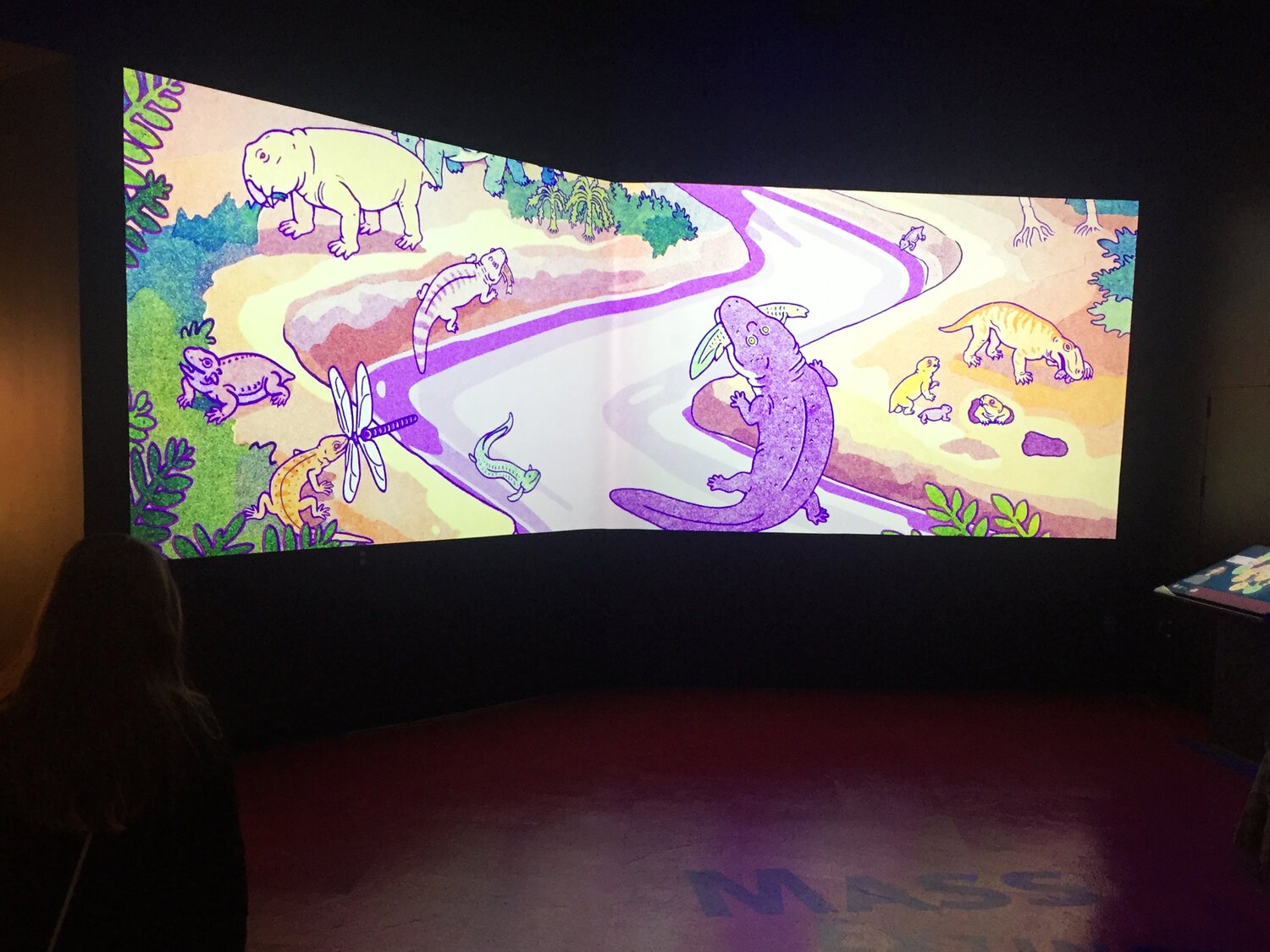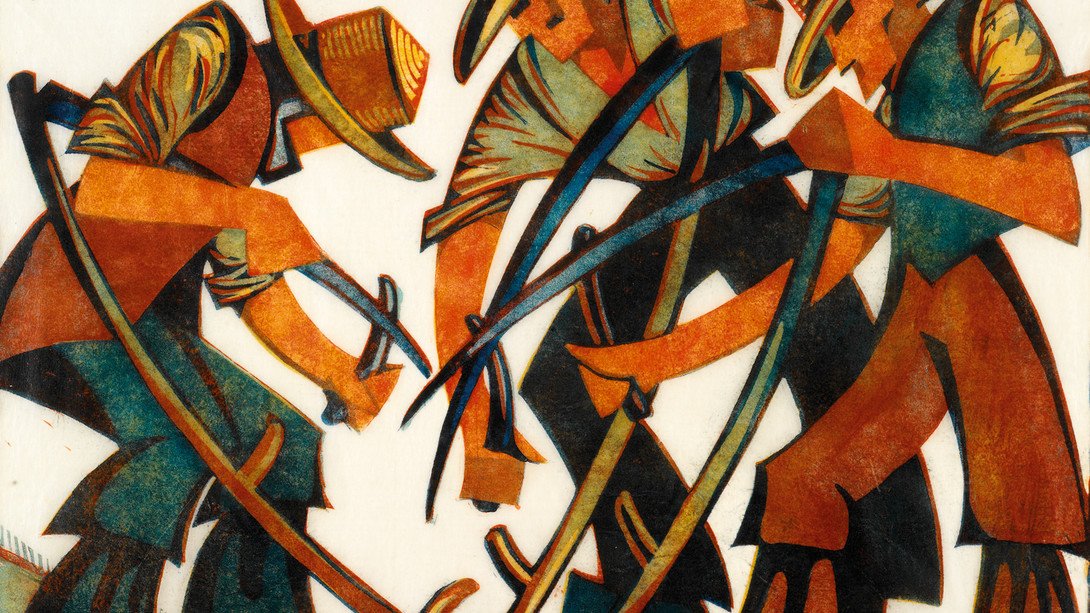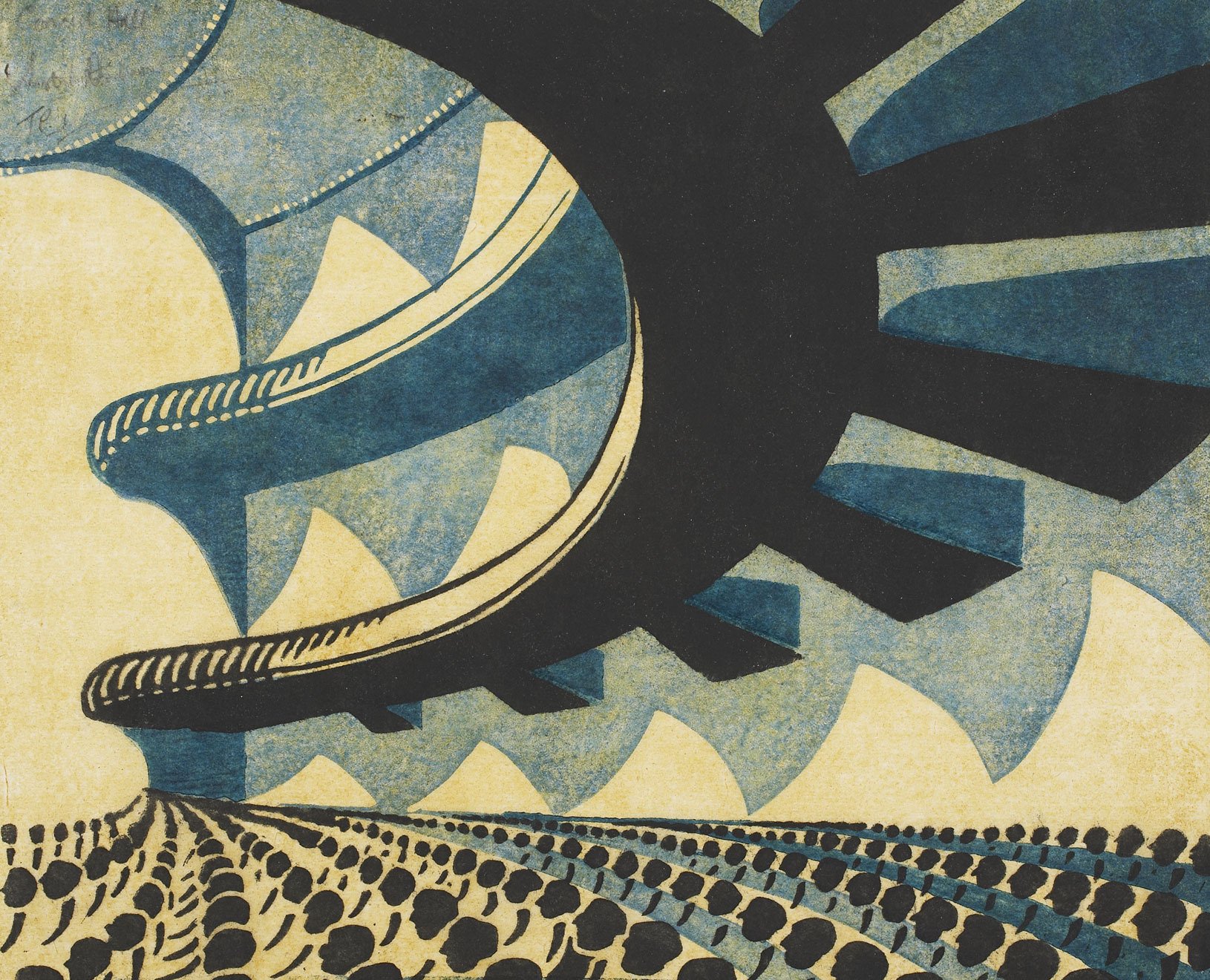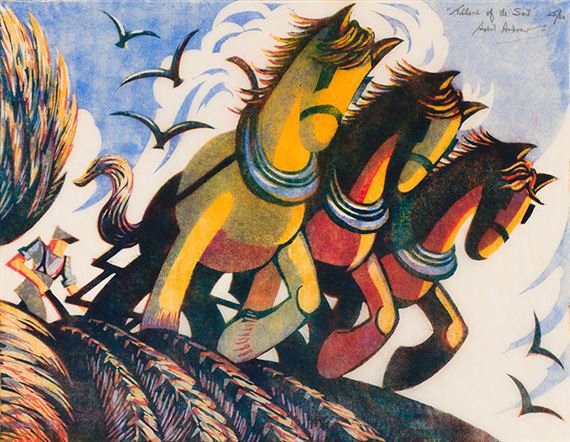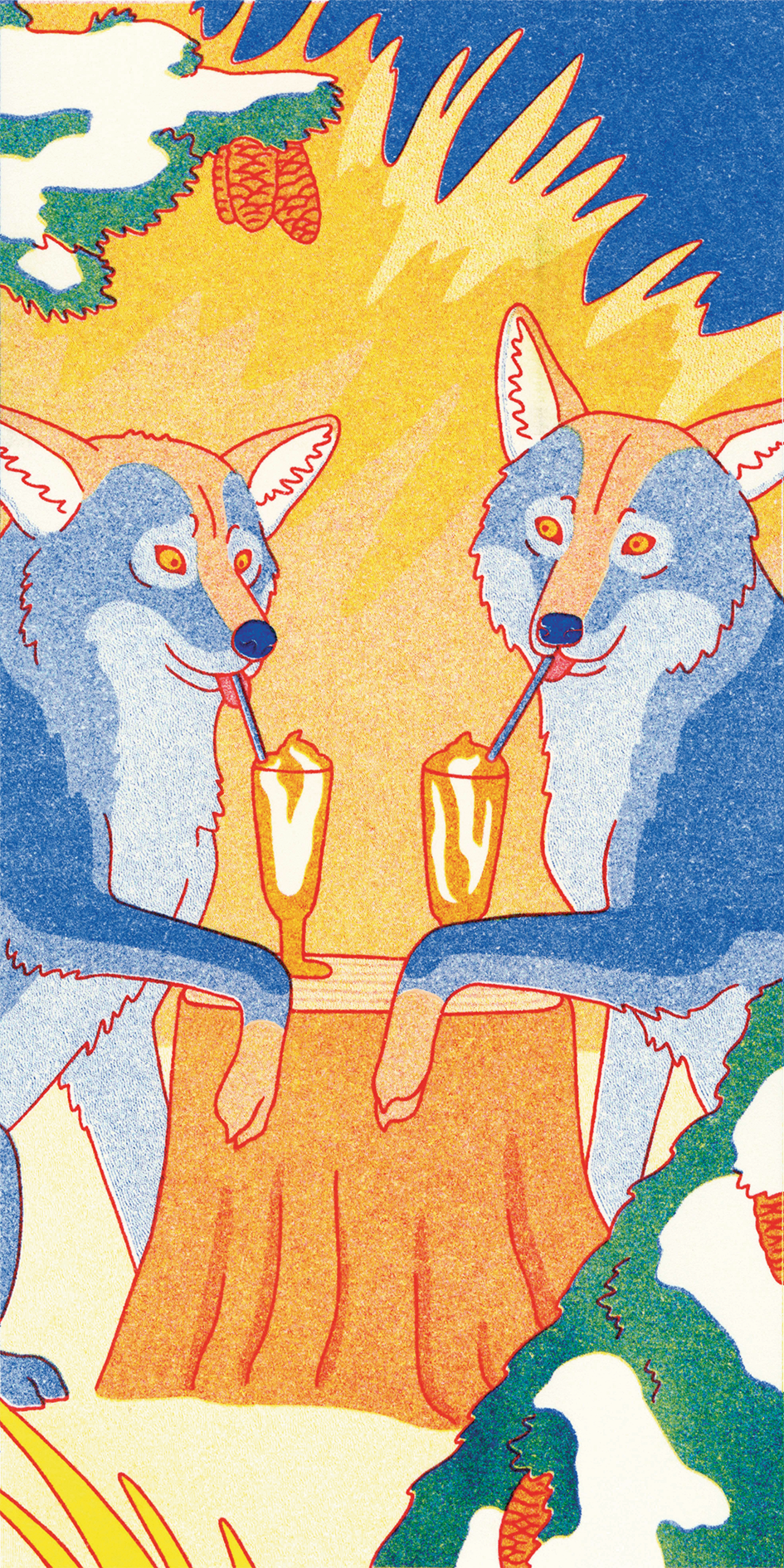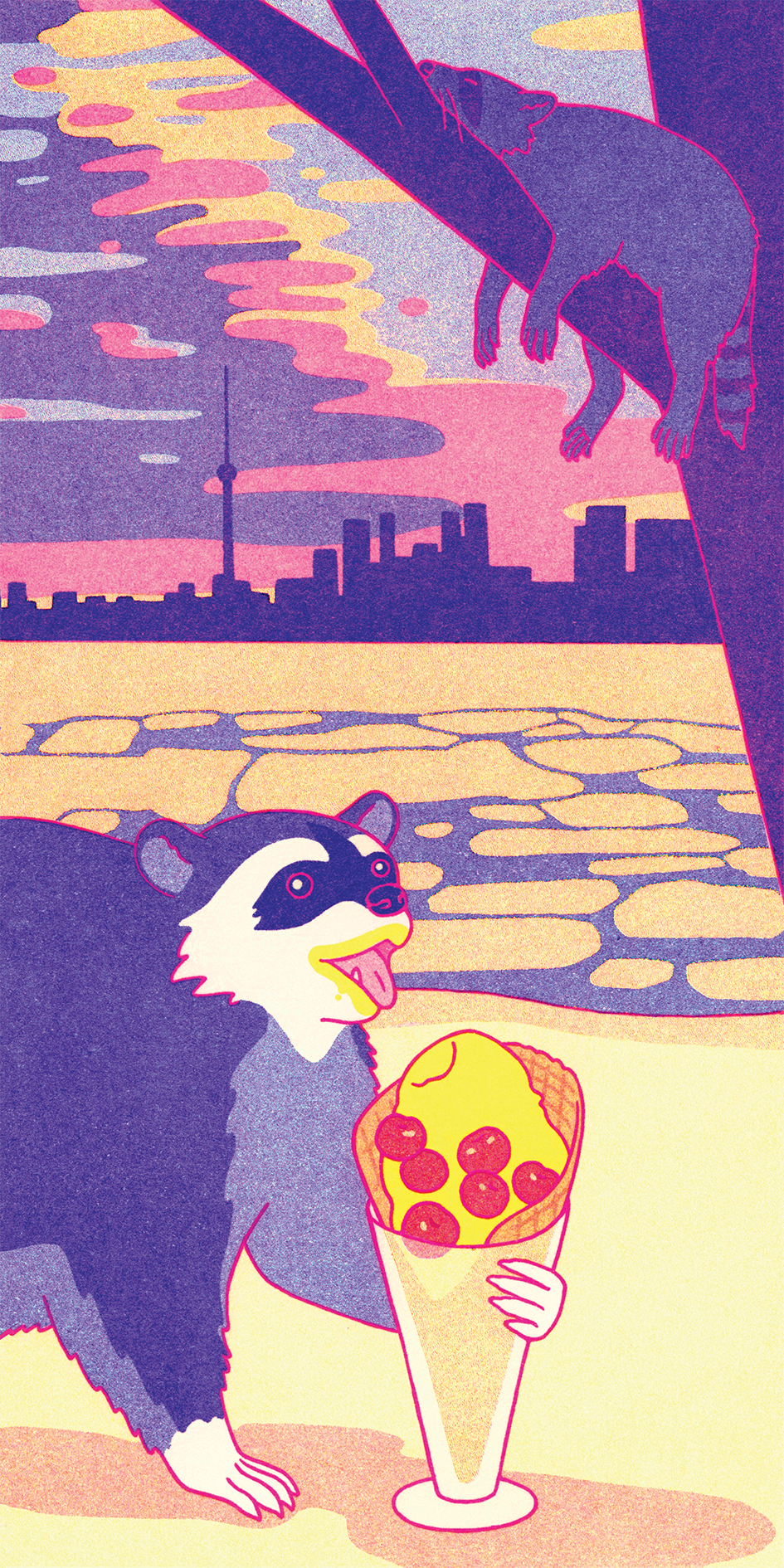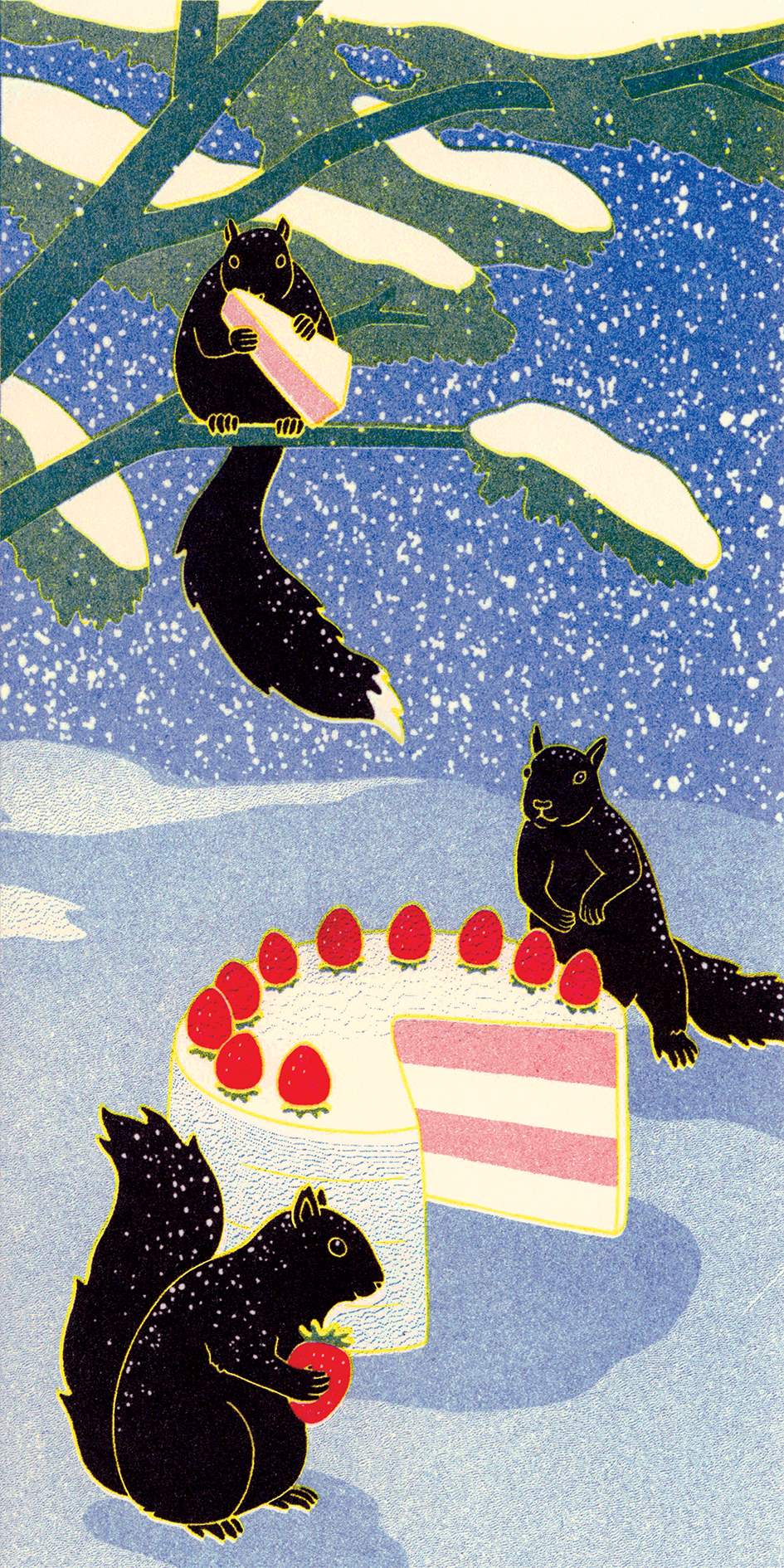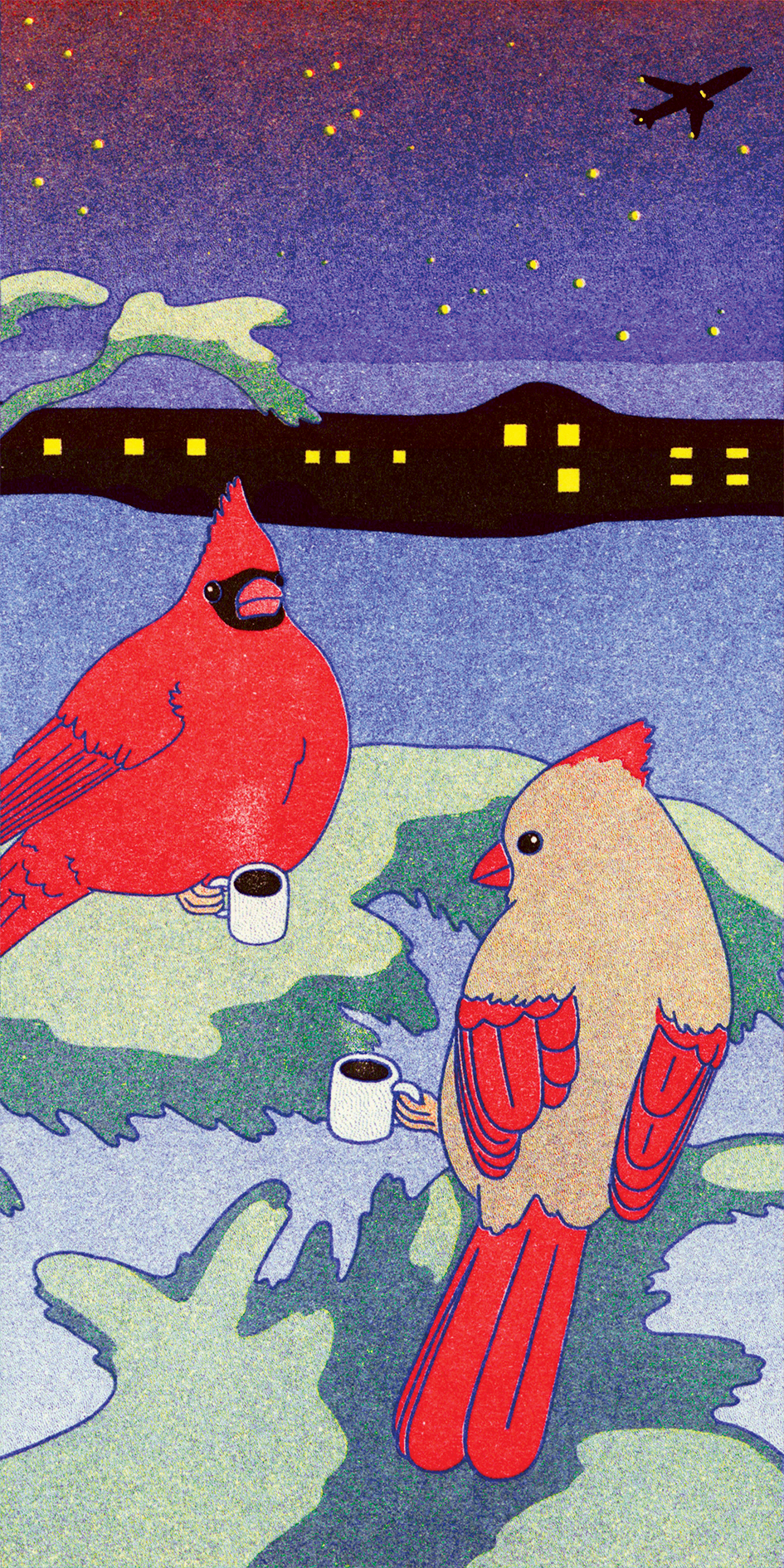Greer Stothers • Winter 2021
The holiday season is upon us and our long awaited seasonal menus are making a comeback! It’s time to let it snow, (Demetres Desserts of course)! This winter season we had the pleasure to work with the ever talented Greer Stothers, an award-winning illustrator, pin-maker and author based in Toronto.
Greer is deeply interested in the interplay between science and art which is reflected in their kaleidoscopic portfolio of dinosaurs, orchids and other animal illustrations. Greer creates beautiful artwork using risograph printing which involves real ink offset printing. This process gives the illustrations vibrant colours and textures that perfectly compliment the organic subjects.
We had the pleasure of visiting Greer in their East York home studio and made some unexpected animal friends along the way!
Hi Greer, tell us a bit about yourself!
My name is Greer Stothers, I’m an animal-obsessed and social-media-obsessed illustrator, who has recently begun to write as well. I graduated from Sheridan College with a Bachelor of Illustration and studied Evolutionary Biology at the University of Toronto.
I have always loved animals. My current family includes two cats, three chickens, and a giant free-range rabbit, all of whom find ways to bother me as I work. I am also a big fan of Pokémon so much so that I’ve designed a personalized deck of cards!
Have you always known you’ve wanted to go into illustration ? What sparked your interest in illustration?
Art had always been a passion of mine; however, I was not always planning on being an illustrator. I’d been maintaining straight A’s to get into a good biology program, only to change my mind last minute. When it came to choosing a college, I realized that I needed illustration to be more than just a hobby.
What inspired your interest in Evolutionary Biology?
When I graduated with a Bachelor of Illustration from Sheridan College, I still had the itch to learn more about biology, so I applied to the University of Toronto as a nondegree student and spent three years taking courses on Evolutionary Biology.
Evolutionary Biology is essentially the story of how the seeds of life survived multiple apocalyptic events, always bouncing back and diversifying, until they reached the shapes we see around us today – I struggle to think of a more interesting topic!
My interests lie specifically in looking into how animals appeared in the past. I want to reconstruct their life appearances. I closely follow a few paleo artists who blog about their recent discoveries. I love what I do because it is a perfect marriage between art and science.
Art is how the lay person consumes science. It’s a very important way of feeding discoveries to the public.
Our collective understanding of how dinosaurs might have looked is still an evolving topic, given that how much of the illustrations is your imagination and interpretation?
Reconstructing extinct animals takes a lot of research, some educated guesswork, and imagination to tie it all together. But it's quite funny because sometimes just as something of mine is published, new research will come out that disproves it. Earlier this year I illustrated a book about the life appearance of dinosaurs, it’s called ‘Kaleidoscope of Dinosaurs’. The book is due to be released in February and a section of it is already out of date due to recent discoveries.
Extinct creatures are harder to depict than living ones, and not just because we have less information about them. Paleoart is a rapidly shifting landscape, with discoveries coming out regularly, so artists have to sprint to keep up. For instance, our understanding of Elasmotherium’s horn shape just changed thanks to new research. So, it’s interesting to see firsthand how art is always evolving due to recent discoveries.
Have you collaborated with different paleontologists ?
I’ve done work with the Royal Ontario Museum (“ROM”) as well as the Chicago Field Museum. For the ROM, I did bone illustrations and then a reconstruction of who the bone likely belonged to. For the Chicago Field Museum, I made illustrations that showed the End-Permian Mass Extinction event. It showed the landscape before and after, to get a feel for how the world changes over time.
Greer’s illustrations for the Evolving Planet exhibit at the Chicago Field Museum
What is the most challenging part of your illustrations?
I would say the physical part is the most challenging part. It’s quite grueling to do the same motions over and over. I make sure to work from a soft reclining surface as well as using a hand brace to avoid too much wrist movement!
What are your top tools as an artist of your style?
I use a Wacom tablet, on a small lap desk. For my back I have a Niceeday ergonomic cushion, on my hand I have a DokiWear digital artist glove, and supporting my wrist is a Doctor Developed brace.
Can you tell us more about the risograph technique that you use across your work?
With a risograph, you create digital stencils for each Ink. Often, I use the inks red, blue and yellow. To get all the colours in the print you have to layer them at different opacities. Essentially, you’re working with a small number of transparent inks. If you want a layer that’s green for example, you have to layer yellow ink over blue and have them at different overlapping opacities to create the intensity of green you want. There’s guesswork in figuring out how the inks will combine, which adds excitement to the process. It’s quite fun because it’s like building a puzzle and you get to see if it actually works or not!
How did you get started on this technique?
Quite randomly. I ended up on a bus sitting nearby one of my classmates from Sheridan. I had found out they ended up starting a risograph printing studio in their living room. From that point I just kind of fell immediately in love with it and haven’t been doing anything else since. That was back in 2016!
What's your ideal creative environment? Do you listen to anything in the background- music, podcasts, tv shows?
My ideal environment changes throughout the day. When it’s early on and I’m still alert I listen to podcasts (Sawbones, a medical history podcast is a recent favourite, a husband-and-wife team exploring medical history!) but as evening falls and I get more tired, dramatic music playlists on YouTube keep me motivated. Mother Mother is one of my favourite artists to listen to.
What was your inspiration behind this piece you’ve created?
Toronto has distinctive wildlife, so for a restaurant chain centred around the Greater Toronto Area, it seemed like a perfect pairing! Especially since it’s a winter menu, and I associate this season with squirrels going into a pre-hibernation feeding frenzy, cardinals standing out beautifully against the snow, coyotes playing in the snow down the street, and raccoons getting fat and fluffy.
If you can give a piece of advice to anyone new in this industry what would it be?
Protect your body. Wearing a wrist brace and drawing gloves while you work will go a long way toward reducing repetitive strain injuries, putting an ergonomic grip on your tablet pen will reduce pain in your fingers, and investing in proper seating/cushions will save your spine.
Additionally, never work through the pain, it’s better to face embarrassment and ask for a deadline extension then it is to accrue damage that will impact your ability to work in the future.
What mantra do you live by? What motivates you?
I want to live comfortably. Work is enjoyable and fulfilling, but it’s important to also have a personal life. As a freelancer, time ceases to exist so it’s important to set boundaries and strictly set a sleep schedule. Kentaro Miura, the hard-working artist behind Berserk, wrote “I couldn't see cherry blossoms with the naked eye even once this year,” and that affected me deeply. I’m sure his fans would’ve been happy to see less work from him if it meant he got to walk outside under those cherry trees.
What do you enjoy most about being an artist?
Being able to set my own hours is wonderful. I can take breaks when I want, wake up when I want, go for a walk to the store if the mood strikes me, etc. In contrast to working in a controlled environment like customer service, it gives a great feeling of freedom!
Who is your biggest inspiration or illustration idol?
Sybil Andrews was a Canadian printmaker who used these fantastic flowing shapes to depict horses and agricultural scenes. Her limited use of colours, the selective abstraction, and the energy and movement in her animals are all things I aspire towards.
What's your dream client or project?
I’m a huge fan of sci-fi novels, so a dream project would be painting covers for my favourite authors. If I were contacted to illustrate something for Jeff VanderMeer, China Miéville, or Martha Well, or Ann Leckie I’d probably keel over from excitement!
What’s the process like when you’re creating book covers?
Typically, I will be given the book ahead of time to read and from there I come up with a variety of sketches to design an appealing rendition of their book. The art director will guide what works best from that point!





